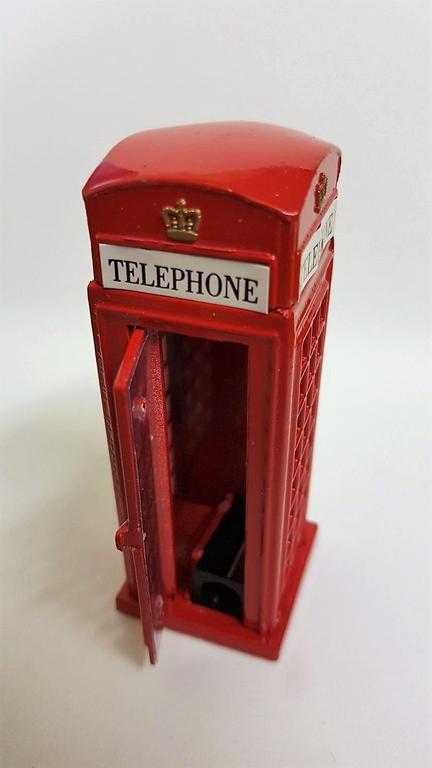Overview of the Red Telephone Box
The red telephone box is a well-known symbol of British culture, especially in London. Designed by Sir Giles Gilbert Scott, the K6 model, introduced in 1935, remains the most recognizable version among earlier designs like the K1, K2, and K3. These booths, characterized by their cast-iron frames and domed roofs, are iconic elements of the UK’s visual landscape, often featured in media and enjoyed as photo spots by visitors.
Cultural Significance
Initially essential for public communication before the rise of mobile phones, the red telephone boxes peaked in number during the mid-1990s, but saw many removed with the advancement of mobile technology. Despite this decline, the surviving boxes are significant for their cultural and historical importance. Many are now protected by Historic England due to their architectural heritage.
Modern Adaptations
In a demonstration of their lasting appeal, various disused red telephone boxes have been repurposed by local communities. These historic structures are often transformed into diverse spaces such as mini-libraries, art installations, community larders, or even shelters for defibrillators, showcasing British heritage while addressing modern needs.


